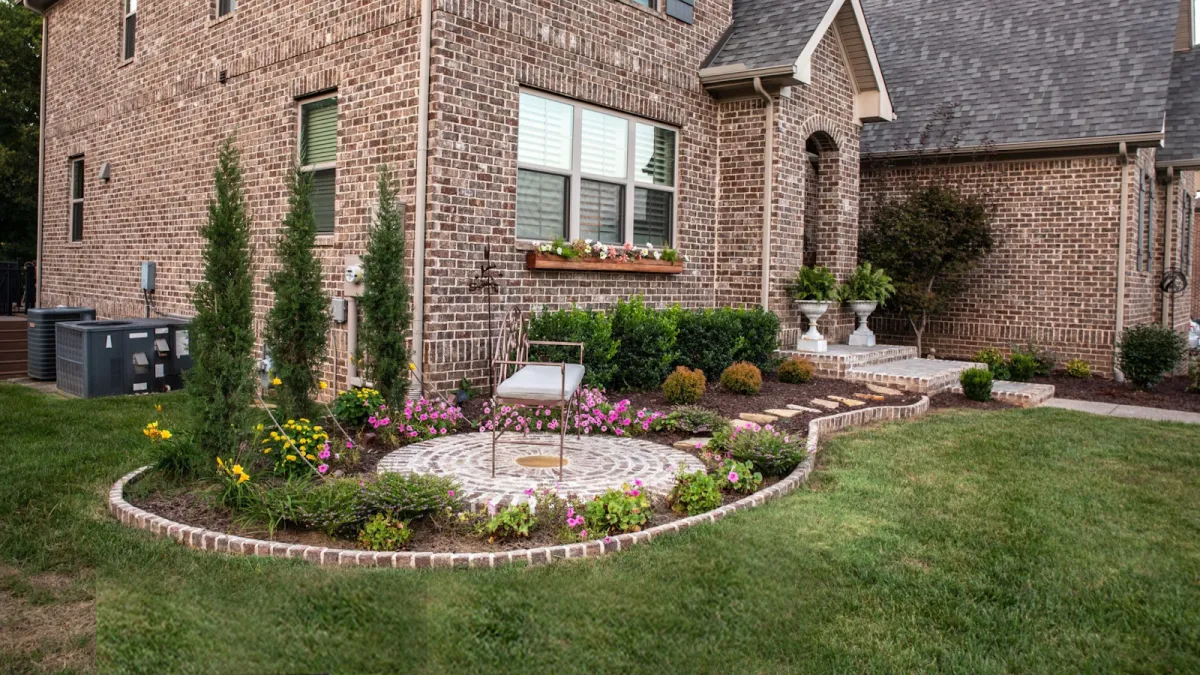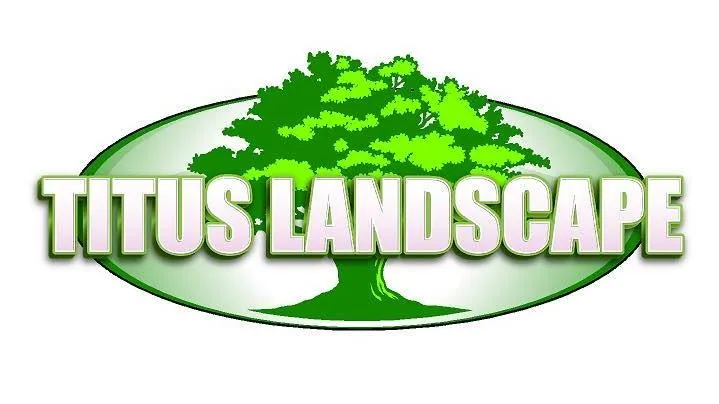Blogs

What Factors To Consider When Planning A Landscaping Project?
When planning a landscaping project, consider factors such as the overall design and layout to ensure cohesion and aesthetic appeal, the climate and soil conditions to select appropriate plants, your budget to balance costs with desired features, the maintenance requirements to ensure long-term sustainability, and the functionality to create practical and enjoyable outdoor spaces. Additionally, consider the environmental impact by choosing sustainable materials and practices, and ensure the design complies with local regulations and permits.
Planning a landscaping project is a thrilling yet complex effort that requires meticulous planning and consideration. Whether you’re looking to enhance the curb appeal of your home or create a serene outdoor retreat, the success of your project hinges on several critical factors. From budget to intended use, each element plays a pivotal role in shaping the final outcome.
At Titus Landscape, we’ve mastered the art of transforming unusable spaces into stunning landscapes, and we’re here to guide you through the essential considerations for your next project.
Key Takeaways:
Budget: Estimate all costs meticulously.
Space: Measure and map out your yard.
Tools: Identify necessary equipment.
Sunlight: Assess sun exposure in different areas.
Plumbing: Locate underground utilities.
Intended Use: Define the primary use of the space.
Property Conditions: Evaluate climate, soil, and topography.
Desired Style: Choose a cohesive design aesthetic.
Essential Factors to Consider When Planning a Landscaping Project
Budget
One of the first and most crucial steps in planning a landscaping project is establishing a clear and realistic budget. Carefully estimate all potential costs, including labor, materials, tools, and any special features you wish to incorporate. This will help you avoid overspending and ensure you have sufficient funds to complete the project to your satisfaction.
Space
Accurate measurement of your yard is fundamental. Map out where you want to place different elements such as patios, pathways, gardens, and water features. This step ensures you maximize the use of available space and avoid overcrowding or underutilizing areas.
Tools
Identify the specialized equipment or machinery needed to complete your project. This might include items such as tillers, excavators, or even simple hand tools. Having the right tools on hand can significantly streamline the process and improve the quality of the work.
Sunlight
Analyze the sun exposure in different areas of your yard. Understanding how much sunlight each part of your garden receives will help you choose plants that are most likely to thrive in those conditions. This can also influence where you place certain features to create comfortable and functional spaces.
Plumbing
Before breaking ground, identify the location of underground pipes and utilities. This is crucial to avoid damaging these essential systems, which can lead to costly repairs and delays. Understanding the layout of your plumbing can also inform the placement of irrigation systems.
Intended Use
Consider how you intend to use the space. Whether it's for entertaining guests, relaxing, gardening, or playing, your intended use will guide the design and functionality of your landscape. This ensures the space is tailored to your lifestyle and needs.
Property Conditions
Evaluate the existing conditions of your property, including climate, topography, soil type, and drainage. These factors will influence plant selection, placement, and overall design to ensure a sustainable and thriving landscape.
Desired Style
Decide on an overall aesthetic for your landscape. Whether you prefer a modern, traditional, or eclectic look, having a clear vision of your desired style will help create a cohesive and harmonious design.
Landscaping Design Principles
Designing a landscape involves understanding and applying fundamental principles that ensure a balanced, harmonious, and aesthetically pleasing outdoor space. Key principles include unity, balance, contrast, color, and scale. Unity refers to the cohesive linking of different elements to create a consistent theme. Balance can be symmetrical or asymmetrical, providing a sense of stability. Contrast and color add visual interest and highlight focal points. Scale ensures elements are proportionate to each other and to the overall space. By adhering to these principles, you can achieve a beautiful and functional landscape.
Sustainable Landscaping Practices
Sustainable landscaping focuses on creating environmentally friendly and resource-efficient outdoor spaces. This involves using native plants, reducing water consumption through efficient irrigation systems, and incorporating composting and mulching practices to improve soil health. Sustainable landscaping also promotes the use of recycled materials for hardscapes and the implementation of rainwater harvesting systems. These practices not only reduce the environmental footprint but also create a resilient and low-maintenance landscape that thrives in local conditions.
Seasonal Landscaping Tips
Adapting your landscaping practices to the changing seasons ensures your outdoor space remains vibrant and healthy year-round. In spring, focus on planting and fertilizing. Summer requires diligent watering and pest control. Fall is ideal for pruning and planting perennials. Winter involves protecting plants from frost and planning for the upcoming year. By aligning your landscaping activities with seasonal changes, you can maintain a beautiful and thriving garden throughout the year.
Choosing the Right Plants for Your Landscape
Selecting the appropriate plants for your landscape involves considering factors such as climate, soil type, sunlight, and water requirements. Native plants are often the best choice as they are adapted to local conditions and require less maintenance. Additionally, consider the plant’s growth habits, such as height, spread, and blooming season, to ensure they fit well within your overall design. By carefully choosing plants that suit your environment and design goals, you can create a lush and sustainable landscape.
The Role of Hardscaping in Landscape Design
Hardscaping elements, such as patios, walkways, retaining walls, and water features, play a vital role in landscape design by adding structure and functionality to outdoor spaces. These features not only enhance the aesthetic appeal but also provide practical benefits such as improved drainage, erosion control, and defined outdoor living areas. Incorporating hardscaping into your landscape requires careful planning to ensure it complements the softscaping elements and aligns with the overall design vision.
FAQs
1. How do I start planning a landscaping project? Start by assessing your yard, setting a budget, and identifying your goals for the space. Consult with a professional for design ideas and to understand the feasibility of your plans.
2. What are the best plants for my garden? The best plants for your garden depend on your local climate, soil type, and sun exposure. Native plants are often a good choice as they are adapted to local conditions.
3. How can I make my landscape more sustainable? Use native plants, implement efficient irrigation systems, compost organic waste, and consider using recycled materials for hardscapes. These practices help reduce environmental impact and maintenance needs.
4. What tools will I need for my landscaping project? The tools required depend on the scope of your project but may include hand tools (shovels, rakes), power tools (tillers, mowers), and specialized equipment (excavators, irrigation systems).
5. How do I ensure my landscaping project stays within budget? Plan meticulously, get multiple quotes for materials and labor, and prioritize essential elements. Regularly review your expenses against your budget to avoid overspending.
Crafting Your Dream Landscape with Titus Landscape
Transforming your outdoor space into a beautiful and functional landscape is a rewarding endeavor that requires careful planning and consideration. At Titus Landscape, we understand the unique challenges and joys of landscaping. Our expertise in design/build projects ensures that every detail is meticulously planned and executed to create a space that exceeds your expectations. Whether you’re starting from scratch or renovating an existing garden, our team is dedicated to bringing your vision to life.
Let Titus Landscape guide you every step of the way. Our passion for creating stunning outdoor spaces, combined with our commitment to quality and customer satisfaction, ensures that your project will be a success. Contact us today to discuss your ideas and get started on transforming your yard into the landscape of your dreams. Reach out now and let’s make your vision a reality!
THE BEST IN LANDSCAPE & OUTDOOR LIVING
Get your free quote today!
Contact Us
Rockvale, Tennessee 37153
Mon - Fri 8:00 am - 6:00 pm
Follow Us
© 2024 Titus Landscape. All Rights Reserved. Privacy Policy. Terms & Conditions. Web Design by Fused Media

